Since you originally posted this as a 'gimme-da-codez' question, showing absolutely no effort, I'm not going to give you the code. I will describe the approach in general terms, with hints along the way and it's up to you to figure out the exact code to do it.
Firstly, if you have a template, a larger image, and you want to find instances of that template in the image, always think of cross-correlation. The theory is the same whether you're processing 1D signals (called a matched filter in signal processing) or 2D images.
- Cross-correlating an image with a known template gives you a peak wherever the template is an exact match. Look up the function
normxcorr2 and understand the example in the documentation.
- Once you find the peak, you'll have to account for the offset from the actual location in the original image. The offset is related to the fact that cross-correlating an
N point signal with an M point signal results in an N + M -1 point output. This should be clear once you read up on cross-correlation, but you should also look at the example in the doc I mentioned above to get an idea.
Once you do these two, then the rest is trivial and just involves cosmetic dressing up of your result. Here's my result after detecting the object following the above.

Here's a few code hints to get you going. Fill in the rest wherever I have ...
%#read & convert the image
imgCol = imread('https://i.stack.imgur.com/tbnV9.jpg');
imgGray = rgb2gray(img);
obj = rgb2gray(imread('https://i.stack.imgur.com/GkYii.jpg'));
%# cross-correlate and find the offset
corr = normxcorr2(...);
[~,indx] = max(abs(corr(:))); %# Modify for multiple instances (generalize)
[yPeak, xPeak] = ind2sub(...);
corrOffset = [yPeak - ..., xPeak - ...];
%# create a mask
mask = zeros(size(...));
mask(...) = 1;
mask = imdilate(mask,ones(size(...)));
%# plot the above result
h1 = imshow(imgGray);
set(h1,'AlphaData',0.4)
hold on
h2 = imshow(imgCol);
set(h2,'AlphaData',mask)



